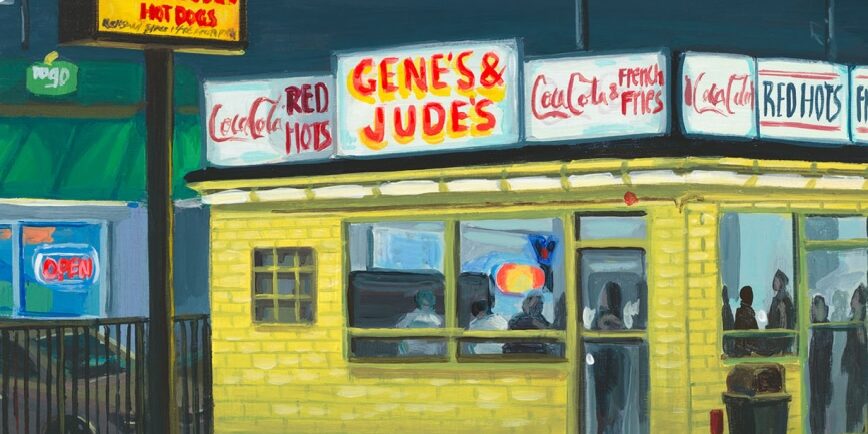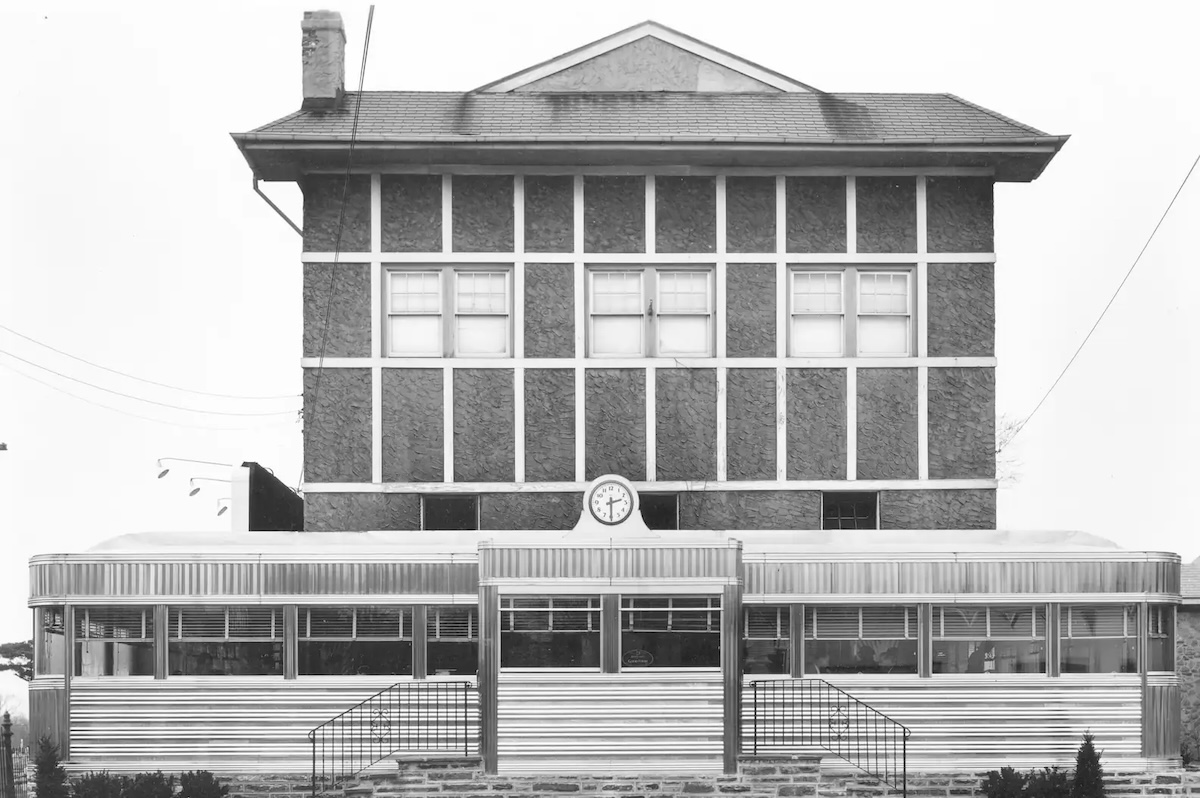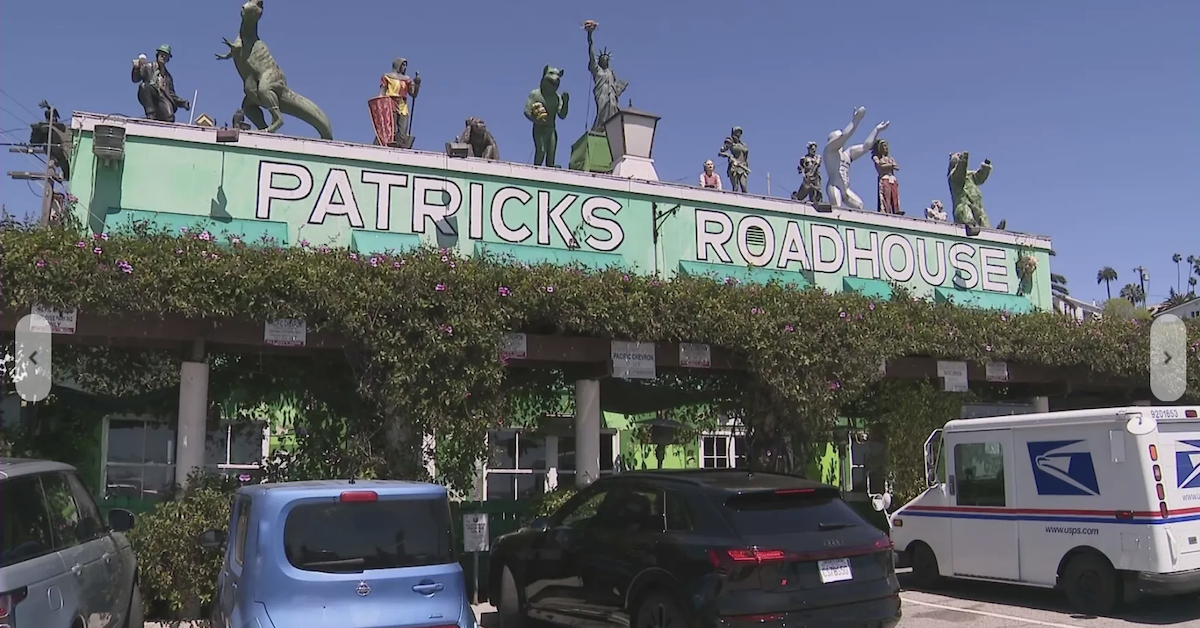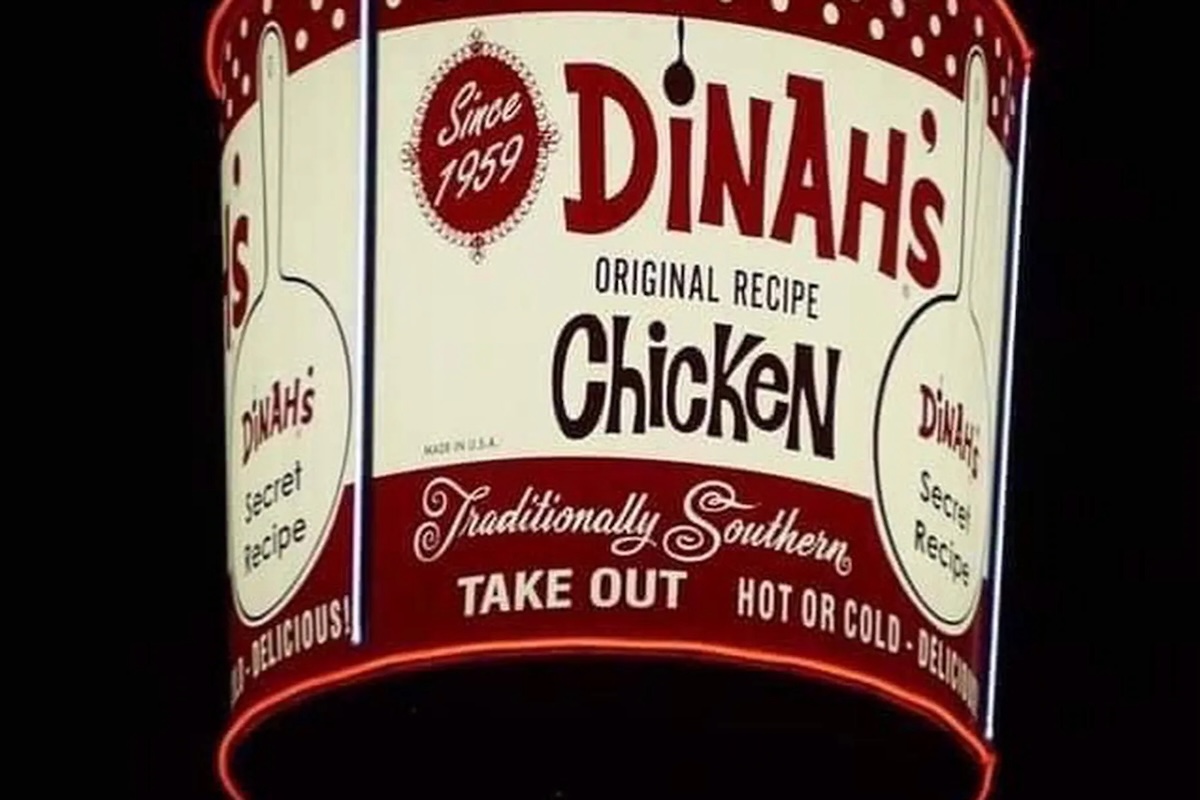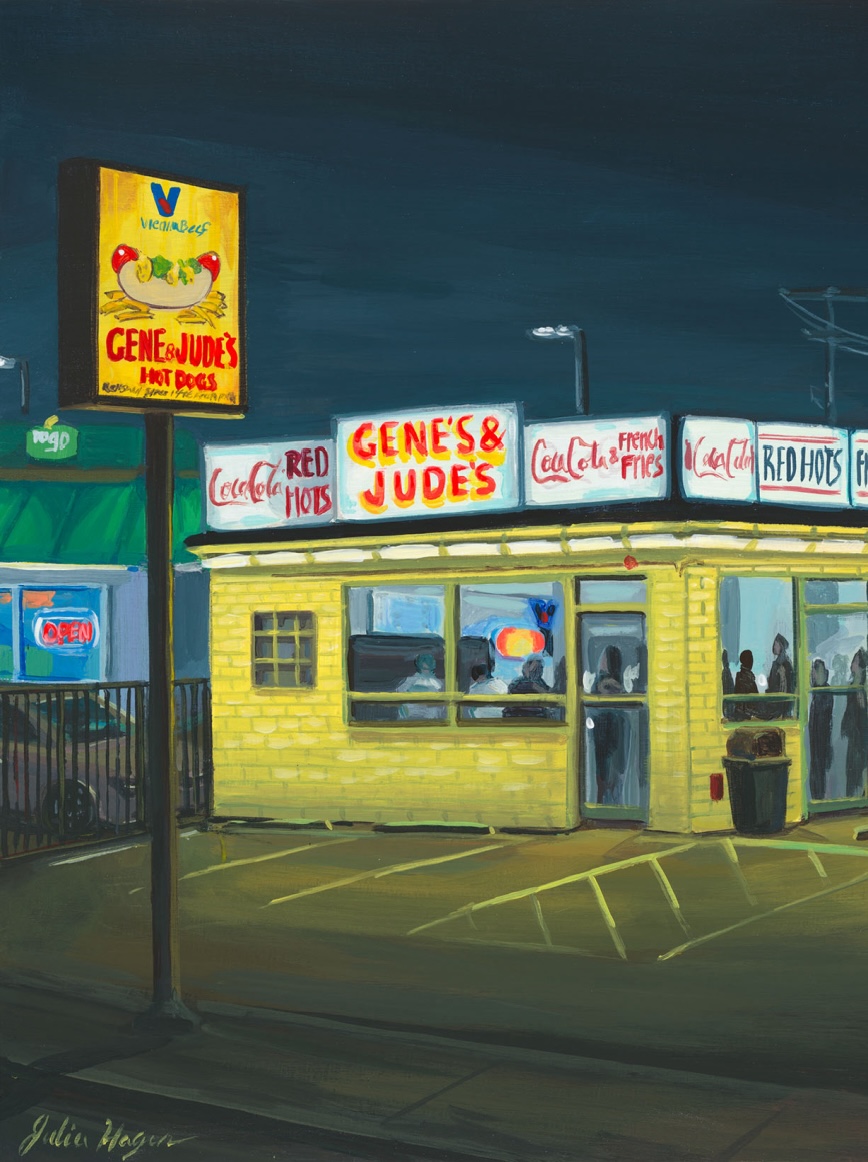Next to a Giant Graveyard, a Classic Philly Diner Awaits Its Fate
Bob’s Diner as it once was, in the late ’40s. Photo courtesy of Richard Gutman
From thrillist: Growing up, I was subjected to the same dad joke every time we pulled up to Bob’s Diner. The classic 1940s stainless steel dining car in the Roxborough neighborhood of Philadelphia was tightly nestled between a church and a sprawling 300-year-old cemetery, which always begged the question: Why did they need to build a fence around the graveyard?
“Because everyone is dying to get in there,” my father would quip without fail. The joke seemed as irresistible to him as the creamed chip beef or the black-and-white milkshake he ordered every time we sat down inside. For my dad, coming to this diner was a lifelong ritual that began sometime in the 1950s while he was growing up nearby—and one that he was eager to share with his own kids.
It’s unclear if I’ll ever be able to pass that tradition down myself. Leverington Cemetery is still actively accepting new burials, but Bob’s is barely hanging on by a thread. Diners in the city are disappearing, but it’s not just a Philly phenomenon. Even New Jersey—the so-called diner capital of the world—lost a quarter of its diners over the course of the past decade, according to an unofficial industry tally recently cited by NPR.
Seeking out sites from the bygone Borscht Belt? New historical markers lay out a path
The front and back of the Monticello, New York, Borscht Belt historic marker that was dedicated last summer. (Courtesy Marisa Scheinfeld)
From NY Jewish Week: The Borscht Belt, the Jewish vacationland in New York’s Catskill Mountains, has been in decline for nearly as long as it once thrived. Most of the resorts and hotels that drew Jews to “the mountains” in the first half of the 20th century were eventually abandoned — with several catching fire in recent years — and fated to be forgotten.
The Borscht Belt Historical Markers Project aims to rectify that. Organizers are erecting a series of 20 metal signs in towns that were significant to the region’s history, hoping to do for a cradle of American Jewish culture and comedy what Boston’s Freedom Trail did for the American Revolution. A marker in Monticello, for example, in the beating heart of the Catskills, describes Kutsher’s Hotel and Country Club and the Laurels Hotel, legendary resorts that each hosted thousands of guests in their heyday.
How Chinatowns Nationwide Are Finding Ways to Thrive Into the Future
Storefronts in Manhattan’s Chinatown in New York. Mo Daoud
From Preservation Magazine: When you walked into Ting’s, whose bright red storefront at the corner of Pell and Doyers streets in New York City is impossible to miss, you entered a time capsule. The small shop was filled with tin wind-up airplanes, toy wooden alligators, playing cards with photographs of historic Hong Kong, wood-and-bone mahjong sets, silk brocade coats, and other first-hand vintage goods produced in the 1950s and ’60s.
Opened in 1958 by a Chinese immigrant couple, Tam Ting and Yu Hong Ting, the store became a fixture of New York’s Chinatown. It catered to those looking for something special and served as the Tings’ sole source of income for many years. After they both died, their daughter Eleanor, who grew up playing with the toys in the shop as a form of quality control, kept the business going. As of press time, she planned to close the storefront in March. “I would like to continue running it, but I’m looking every month at numbers in the red,” says Eleanor Ting, age 66.
Small mom-and-pop businesses like Ting’s are an inextricable part of the community, and their endangerment threatens the complex ecosystems of Chinatowns. These ethnic enclaves are also under the pressure of gentrification, and many have already disappeared, making the remaining communities even more precious. Philadelphia Chinatown and Seattle Chinatown-International District both landed on the National Trust’s list of America’s 11 Most Endangered Historic Places for 2023 as they battled displacement and the prospect of new, large-scale development projects.
Community members hope to save iconic Santa Monica diner
Patrick’s Roadhouse located on Pacific Coast Highway has been serving guests since 1973. (KTLA)
From KTLA: Community members are hoping to save an iconic Santa Monica diner that’s been serving locals for generations.
It’s hard to miss Patrick’s Roadhouse when driving down Pacific Coast Highway with its bright-green exterior adorned with dinosaurs and kitschy sculptures on the roof.
Founded by Bill Fischler in 1973, the iconic diner has been a staple for many locals and celebrities alike including Lucille Ball, Johnny Carson, Arnold Schwarzenegger, Goldie Hawn and more.
Dinah’s Will Be Reborn in Culver City After 64 Years in Westchester
Dinah’s Family Restaurant bucket pylon sign in Westchester Dinah’s Family Restaurant
From Eater Los Angeles: After over six decades of operation, Dinah’s Family Restaurant is closing its doors and moving down the street into Culver City due to a new development along Sepulveda Boulevard that would’ve forced the restaurant to close, as first reported by LA Weekly. The last day in the current space just off the 405 will be April 30, before it opens at Culver Crossroads on May 6 under a new name — Dinah’s Kitchen.
Dinah’s Restaurant opened in 1959 in the same Westchester corner it’s now preparing to vacate. The restaurant was known for its homestyle food like German apple pancakes, Belgian waffles, and, of course, fried chicken. The building that houses the restaurant became a Los Angeles landmark for its futurist Googie architecture and the iconic fried chicken bucket that hovers in its lot.
Meet The Artist On A Mission To ‘Paint All The Chicago Hot Dog Stands’
Julia Hagen’s painting of Gene & Jude’s, River Grove, Illinois. Credit: Julia Hagen
From Block Club Chicago: CHICAGO — A Chicago artist is bridging the gap between fine art and the ordinary — one hot dog stand at a time.
Julia Hagen, a full-time painter and graduate of the Art Institute of Chicago, is on a mission to paint as many local hot dog stands as she can. And she’s captured the attention of thousands of Chicagoans in the process.
“I knew Chicago loved hot dogs, obviously,” said Hagen, 28. “But I never in my wildest experience was like, ‘Yeah, one day I’ll get on the news for painting a hot dog stand.’ But here we are.”
It all started when Hagen, who often works from her Logan Square apartment, painted a hot dog stand that is “near and dear” to her heart: Redhot Ranch at 2449 W. Armitage Ave.


